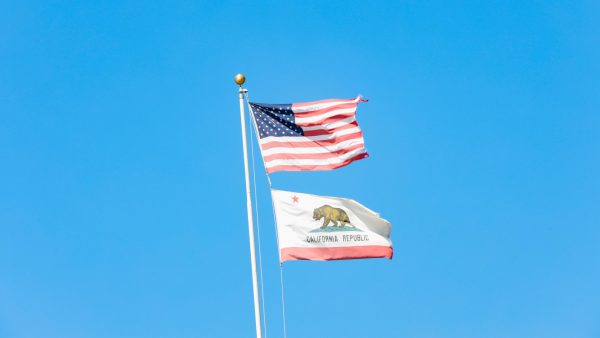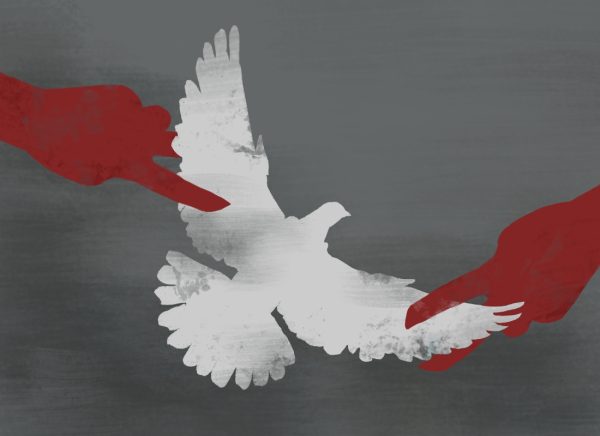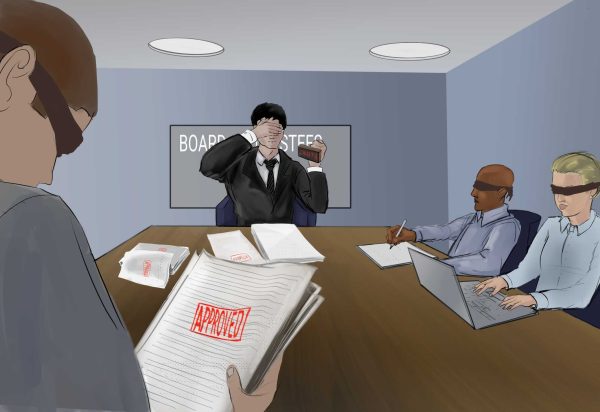Campus Forum: Philip Gomez, President of the ASO
Philip Gomez is the president of the Associated Student Organization (ASO).
What does the ASO do?
We represent the students campus as well as on a state level. We lobby the state and the local legislators regarding our student issues.
What are the benefits of being a member?
You get to learn more about why things happen, so you don’t get mad at the school; you learn how to make your voice heard, how things happen. It makes you more well-rounded.
How may students join or participate?
It’s open to everybody. We have a few requirements though: a 2.0 minimum GPA, minimum of six units, an ASB sticker.
Anyone interested should also be willing to be a leader and represent the students. We are located in the Student Activities Building and our offices are there.
How did you become president?
All of our officers, including myself, were elected by the student body.
What do you do as president?
I oversee the student organization and represent it at administrative committees such as college council, where I’m a voting member. Before issues go to the board, they are discussed at college council.
What privileges do you get as president?
I get to form and to create a strong bond with the administration and I get the feeling that I’m making a difference. We also have five reserved parking spots for ASO and that’s about it.
What do you hope to improve for EC?
More services with more hours, and to make students more aware that they have someone to represent them.
I want to get ASO’s name out there, to have students come to us and rely on us and hopefully make a change.
What are some current things you are working on?
Right now we’re working on a Rock the Vote rally (today from 1 p.m. to 2 p.m. on the stage in front of the Student Activities Center).
It’s a pretty big project because currently, our voting age, 18-25, is not represented. We want to increase not only voter registration, but people actually voting.
We’re having state representatives come to inform us, the students, on what they’re doing for the community colleges.







